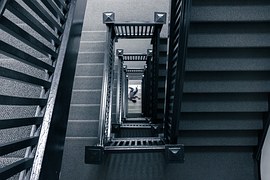When Does Strict Liability Apply in a Personal Injury Claim?
Often, people incorrectly assume if they are injured, they recovery money. If it were that easy, I would likely not have a job. By way of example only, let’s assume unusually strong winds knock a tree over, and onto a car.

The occupant of that car receives a modest injury and quite a bit of a shock. Is the owner of that land upon which that tree sits responsible for the unusually strong wind? What if it was a catastrophic wind such as found in a tornado? Would the owner be responsible for the results of a tornado? I Attorney Eric T. Kirk think we can all agree that the owner would not be responsible in the absence of some additional showing of fault. Typically, fault, or negligence of the person or entity causing the harm must be shown- or there is no recovery. In order to prevail in a typical negligence case, it must be shown that there was a duty to protect others, and a breach of that obligation that led to harm. Res Ipsa Loquitor [“the thing speaks for itself”] which permits an inference that the defendant was the cause of the harm without direct proof is discussed under a separate heading. There are certain situations where a Plaintiff is excused from this additional proof.
The concept of “strict liability” also provides for financial responsibility for harm in the absence of proof of fault.
We’ve seen that Baltimore personal injury lawyers have used this concept to achieve financial recovery from the owners of dogs possesses of a “propensity, inclination or tendency” to bite. Strict liability may also apply in the realm of products liability litigation. Someone injured by a faulty product is entitled to recovery from the manufacturer or seller who markets a defective and unreasonably dangerous product- regardless of fault. The defective and unreasonably dangerous components can be demonstrated by showing a flawed design, or by showing a defect in the manufacturing of the product itself.



